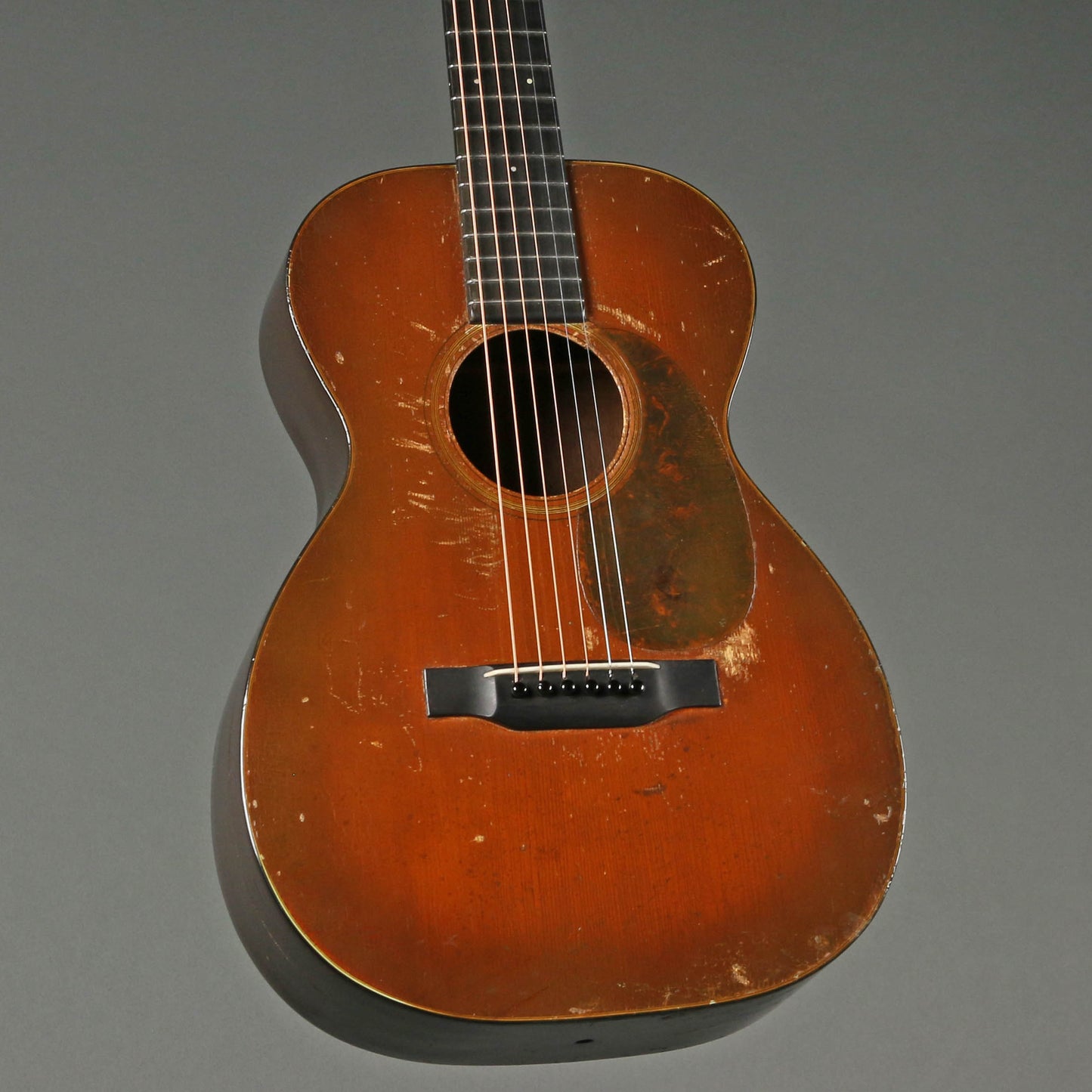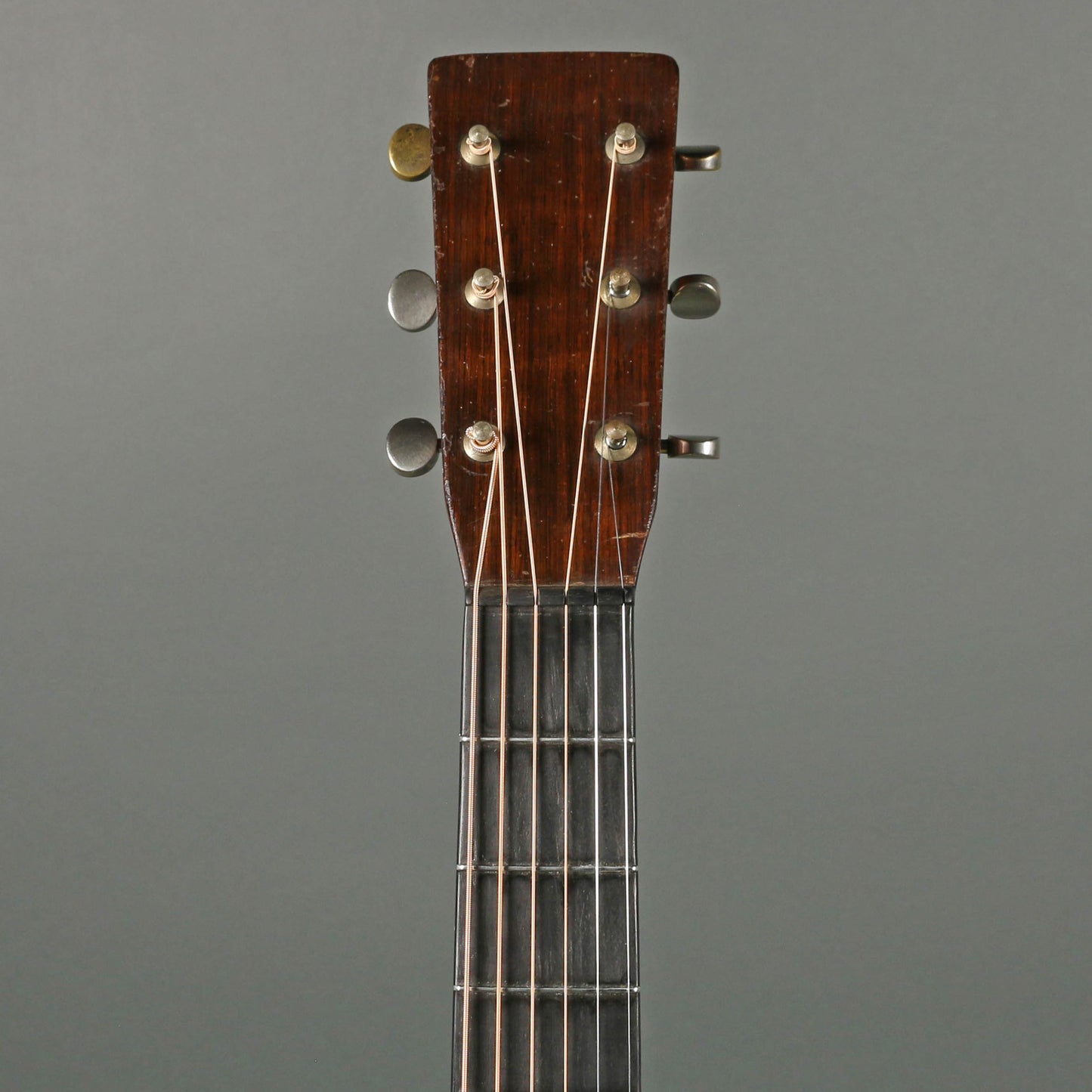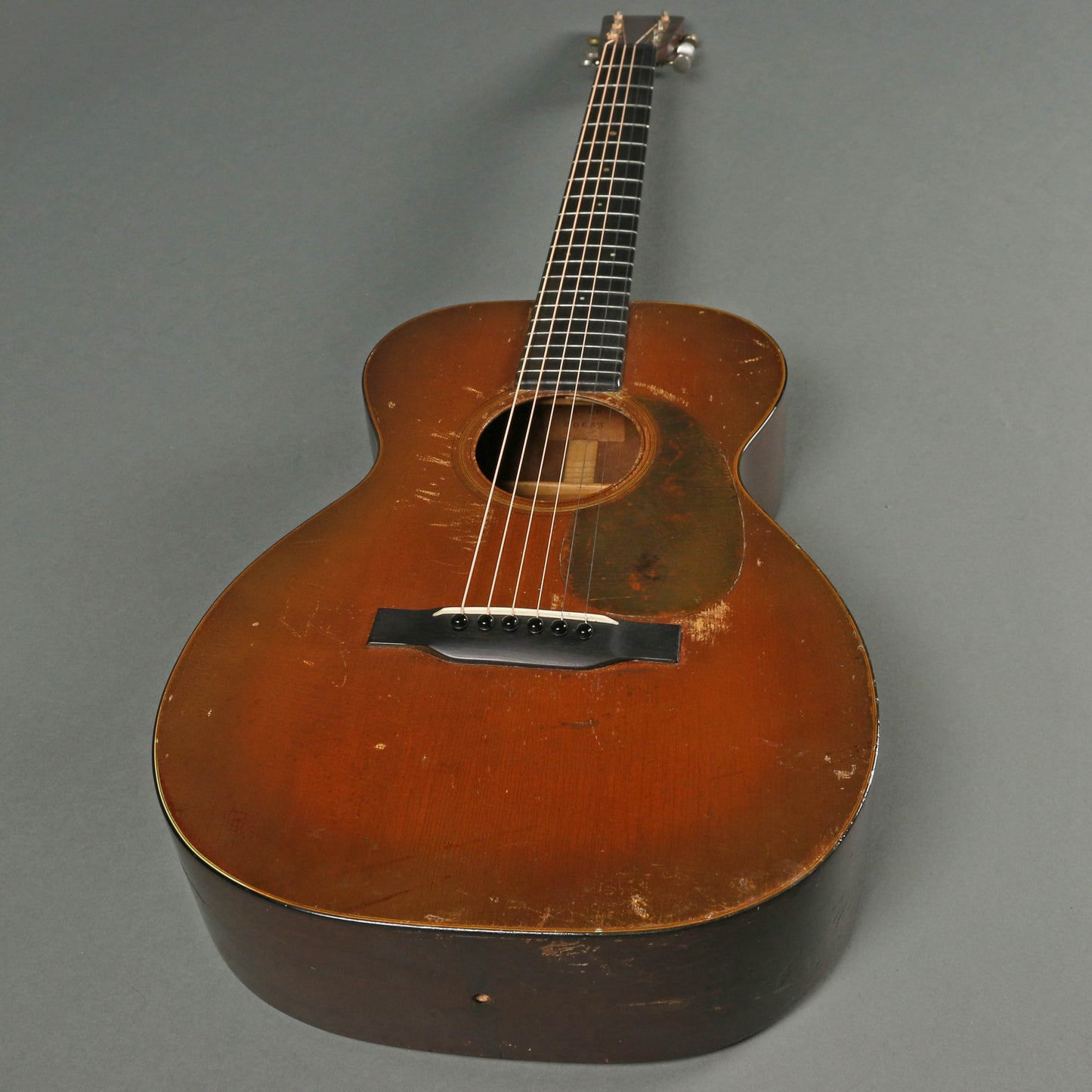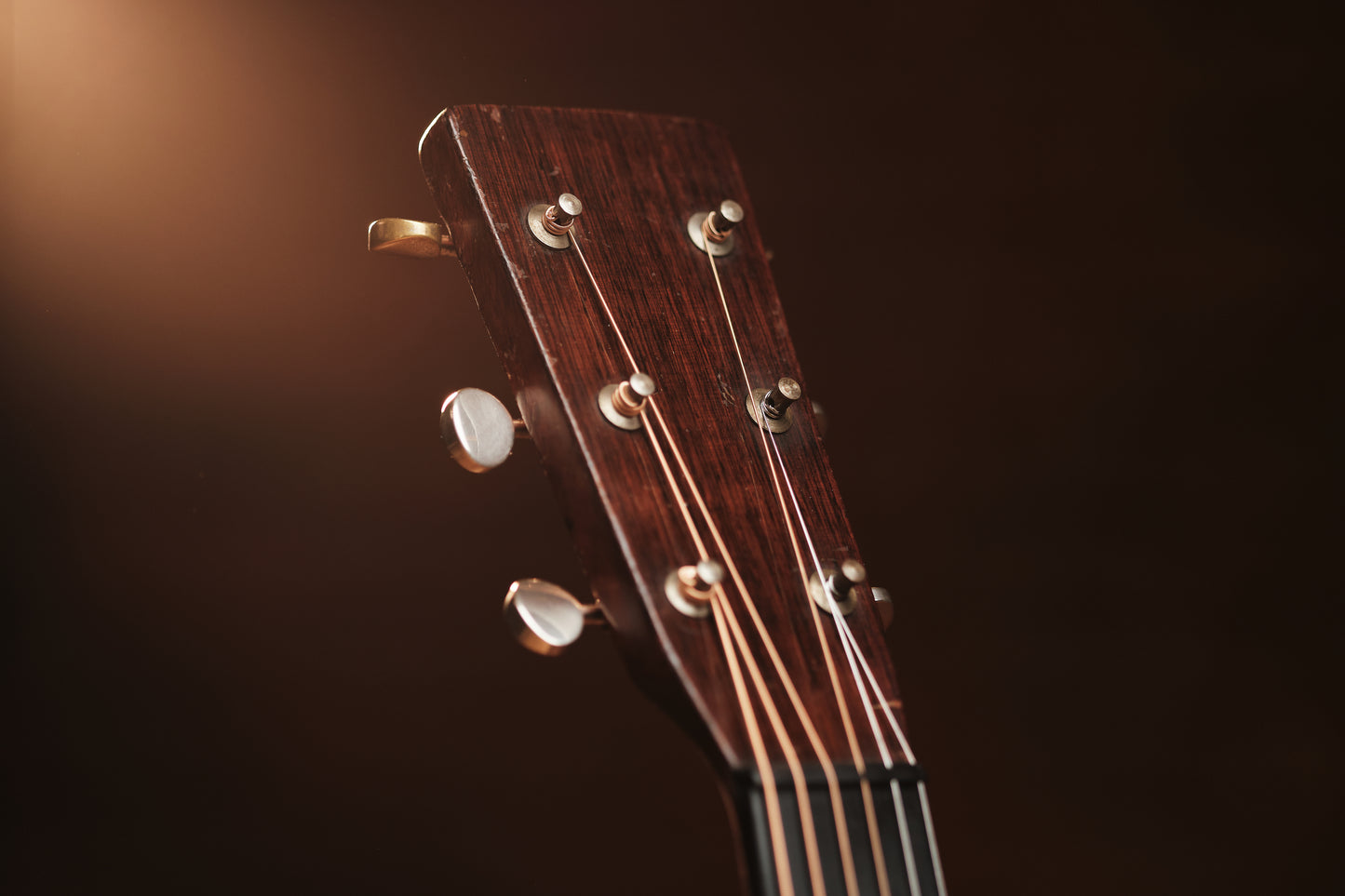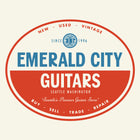1932 Martin 0-18
1932 Martin 0-18
Couldn't load pickup availability
A well-worn 1932 Martin 0-18 with tons of vibe! Pleasantly compact and sounds killer with impressive projection and excellent clarity with a focused high-end presence, tight low-end, and an incredibly sweet mid-range character. In good overall condition with heavier cosmetic wear throughout, several repaired cracks, and an added shellac coat on the top. Plays great thanks to a few updates including a new saddle/bridge, a refret, and a neck reset. A unique, fantastic-sounding golden-era Martin! Includes hardshell case.
"I can't imagine how you pack this much cool into a small-bodied guitar, but Martin certainly managed it with this exquisite 0-18 from 1932. Bar frets, light scalloped bracing, and a factory shade top check all the boxes for a golden-era flat top gem. Some crack repair and finish work on the back and sides might keep this example out of the Smithsonian, which is great news for all of us who pine after these pint-sized cannons. Built before the days when style 18s featured rosewood parts, it looks more like a mahogany style 28 than a modern 18. Beautiful jet-black ebony was used for the bridge and fretboard, lending a unique and glassy high end to an otherwise low/mid heavy tonal palette that will delight the fingerpicker and flatpicker alike.
I've already spoken about the incredible rarity of the factory Martin shade top, and our two examples from this week do well to illustrate how much variance was present throughout its brief tenure as a custom option. Because it was so infrequently ordered, Martin never really developed a standard method for spraying these dark tops. This particular example, like many from the early 30s, is a darker crimson shade, with only a slightly darker red around the edge. By the end of the decade, a pronounced 3-tone amber sunburst was the norm. In the interim, an oftentimes erratic evolution of technique produced a litany of sunburst variations, some more attractive than others but always interesting to observe. Even with a history of repair work, this is a once-in-a-lifetime instrument that would be the jewel of nearly any Martin collection out there."
